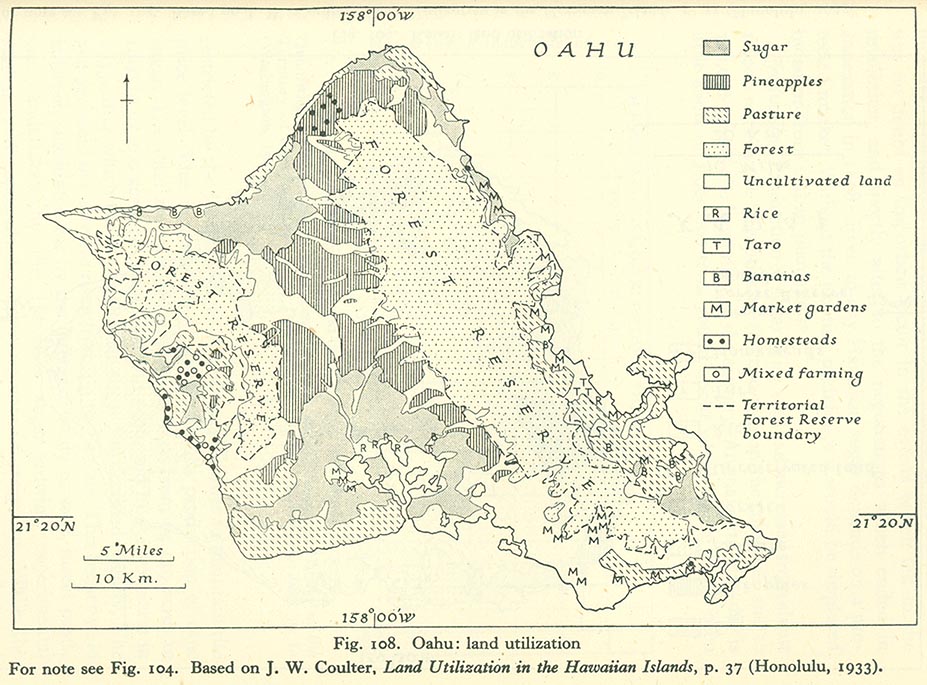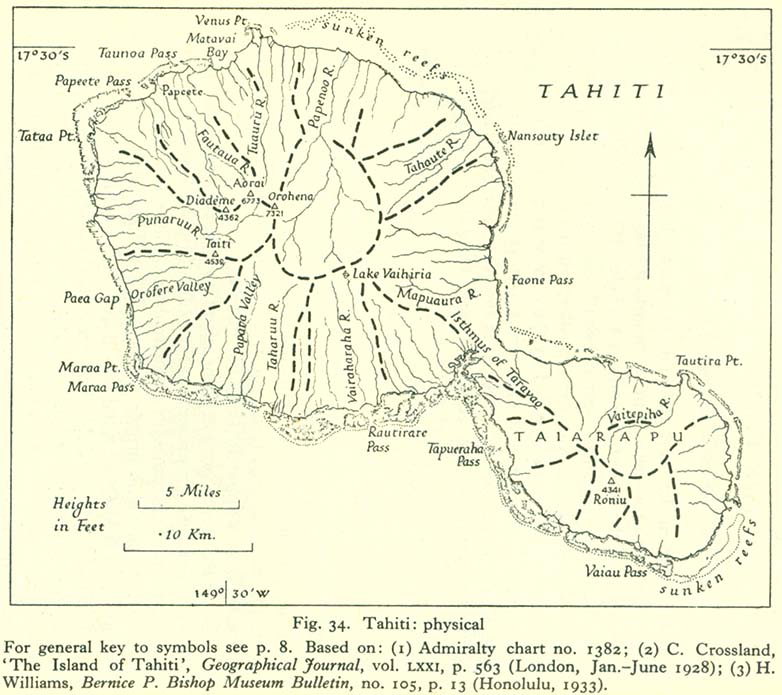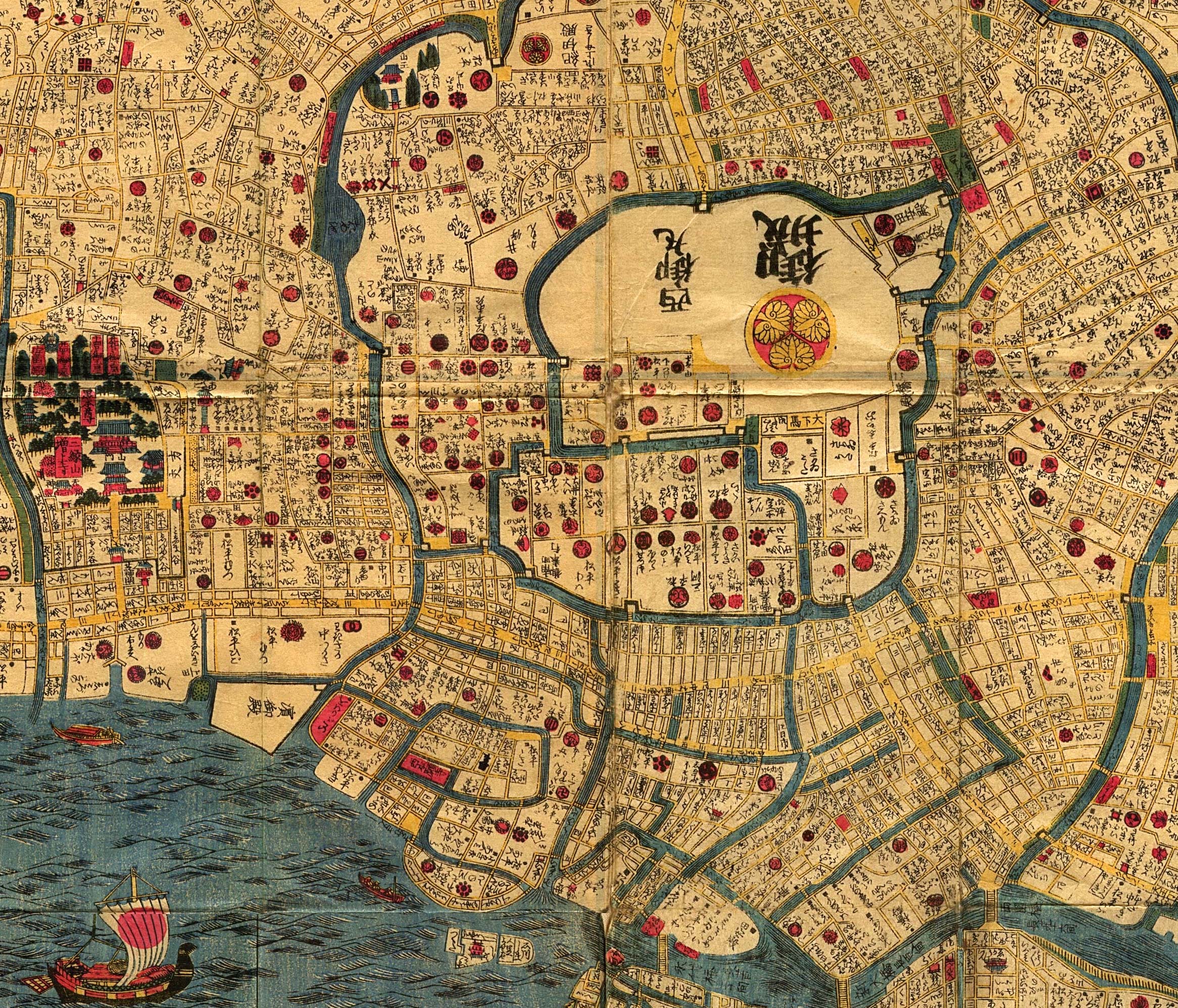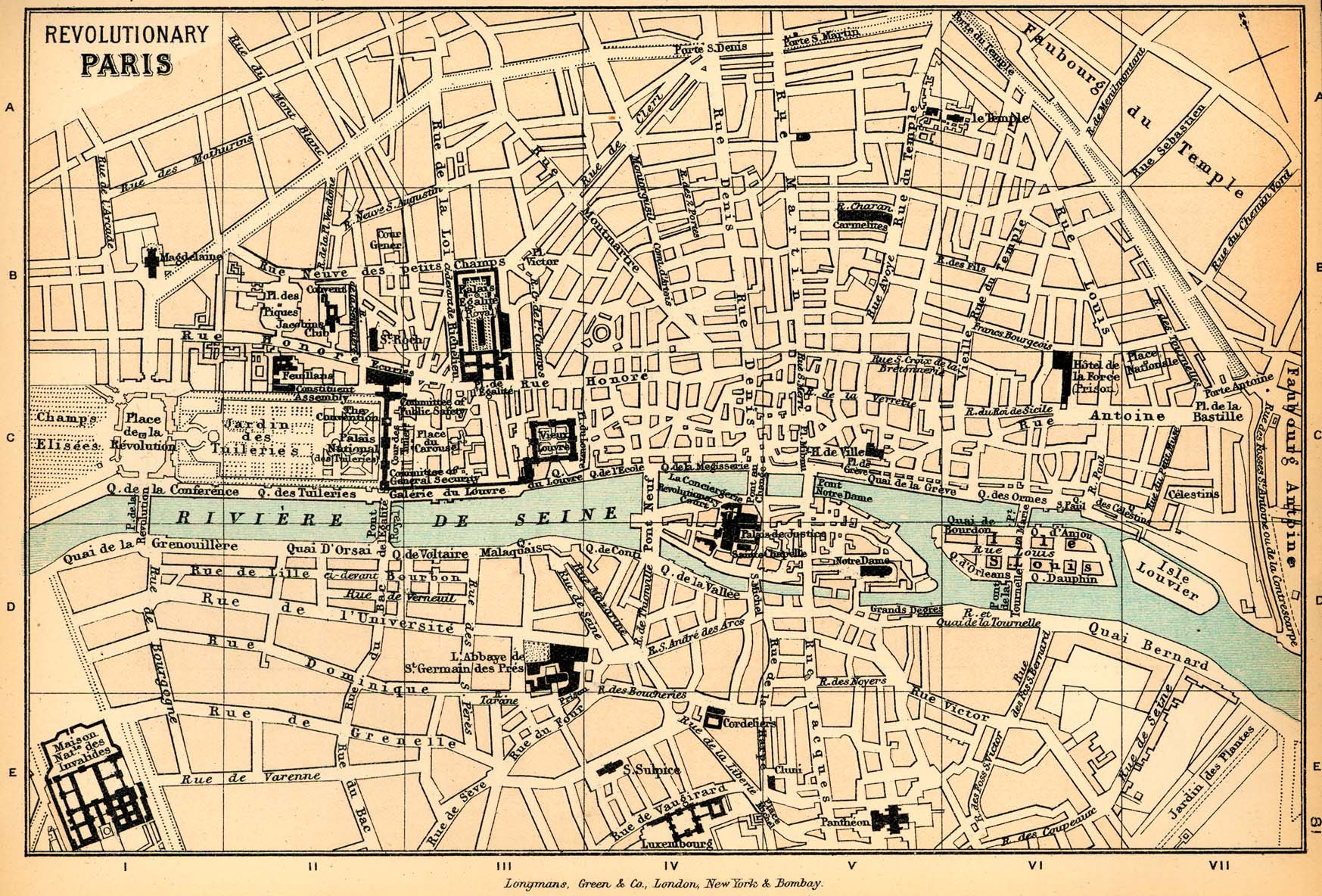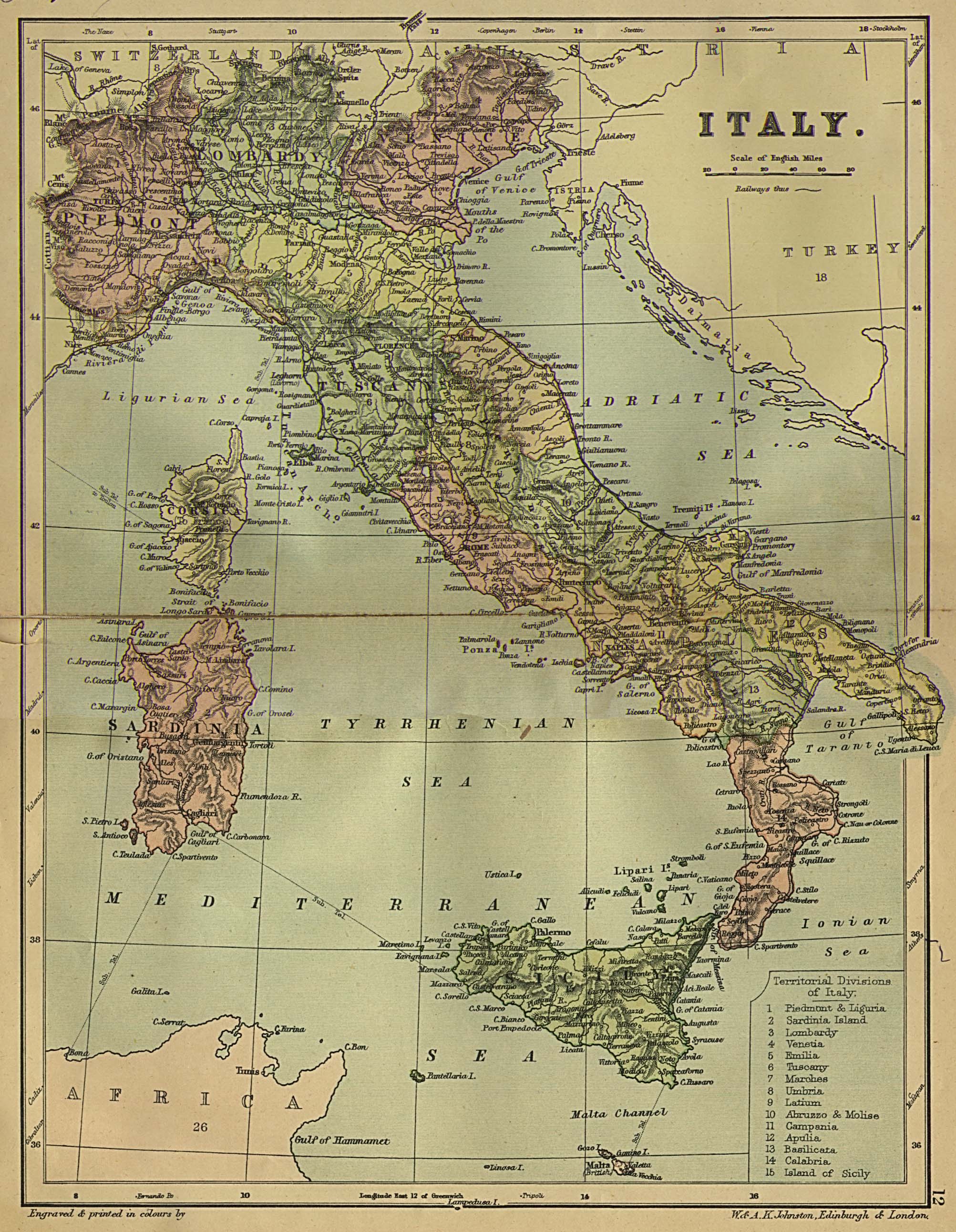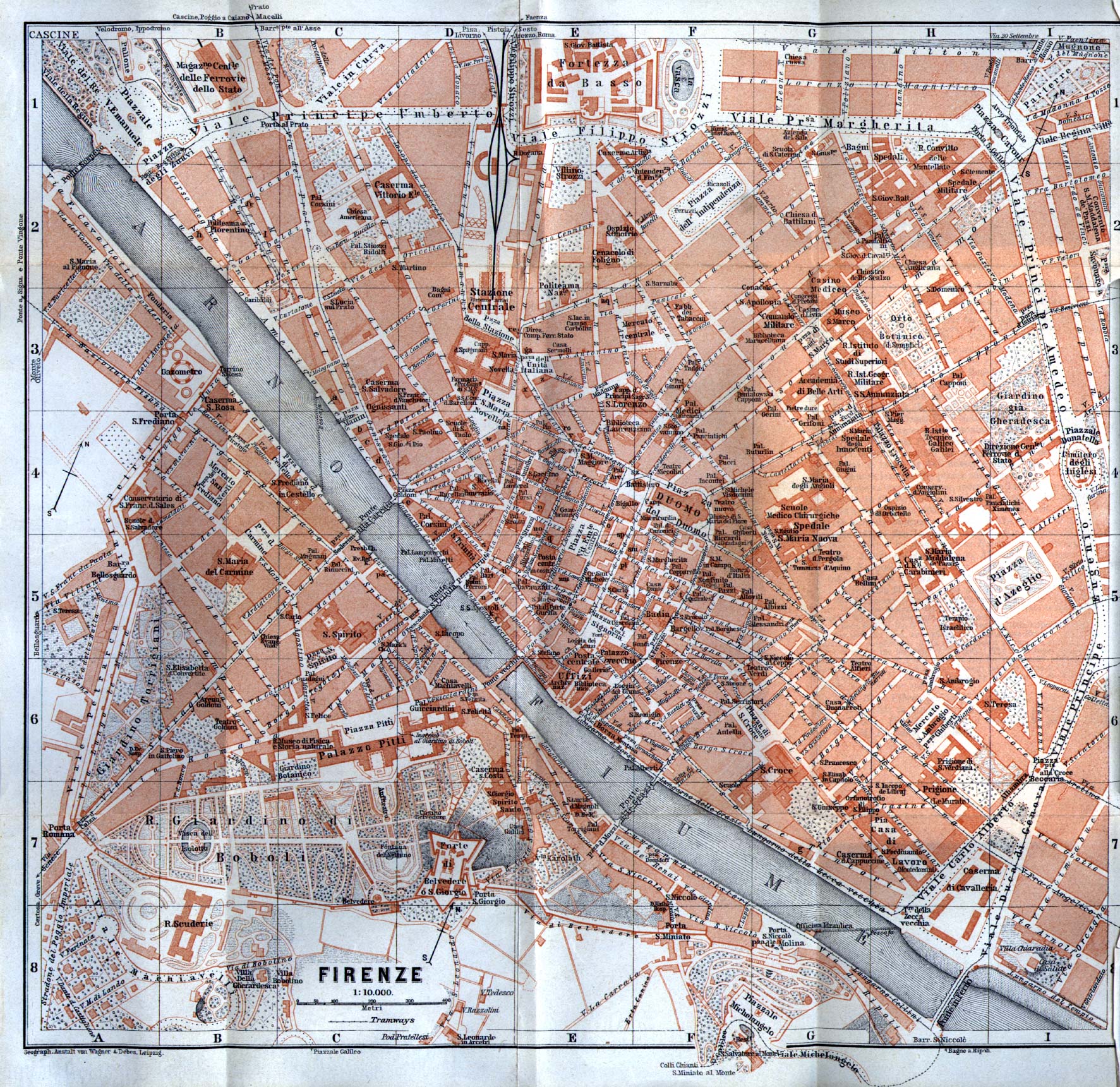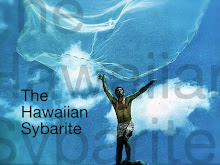Advertiser Staff Writer
Tap-tap, tap-tap-tap. With each rhythmic echo of the wood, the thin, jagged comb-like edge of a boar's tusk dipped in ink pierces the skin of Daniel Reed's leg. Blood rises through the ink. But Reed, a 25-year-old former University of Hawai'i football player who has been researching his family genealogy, never winces. He lies on the lauhala mat in a small room in Nānākuli. Only now, after extensive conversations with Keone Nunes, is Reed physically and emotionally prepared for the 10-hour process.
Every tap of the mōlī (traditional tattooing needle) is permanent. "If you're not careful, it's easy for make a mistake on this design," said Nunes, the only traditional kākau (tattoo) artist in Hawaiʻi. What would he do? He laughed. "You don't make a mistake."
Modern tattoos are applied with electric machines. But Nunes employs traditional techniques on a few select people each year. The imprint is so deep that skeletons of ancient Hawaiians have been found with tattoo marks on bone. These days, many people with Polynesian ancestry have begun to value tattooing more as they see it play a role in reviving cultural pride. Now that rebirth has attracted a documentary film crew to the Pacific. In the story the production will tell, Nunes plays a key role.
"To pick up the traditional tools and know what to do with them is a great honor," said Nunes, who during the week works for the state Department of Health. Those who receive the tattoos feel the same way.
"With every tap of the hahau (rounded tapa beater or mallet used in traditional tattoo application), with every burning sensation that goes down, you're learning this lesson about perpetual growth," said Kyle Nakanelua, a Maui resident who was the first person Nunes tattooed in the traditional style. And the pain? "You just suck it up," he said. "Keone won't do you if you have anything (to relieve the pain). Through the pain you grow."
Nunes and Nakanelua are featured in the video production by Pacific Islanders in Communications and KPBS public television and radio in San Diego. "Skin Stories" explores the cultural significance and social implications of tattooing in Hawaiʻi, New Zealand, Samoa, San Diego and Los Angeles. Carlyn Tani, executive director of PIC, said they hope the one-hour documentary will air on PBS in early 2002. But as co-producer and veteran filmmaker Emiko Omori said, the experience of making "Skin Stories" was so rich and varied, where it airs will not change the lasting effect it had on those involved.
For Omori, the alteration was also physical. On a brief stop in Honolulu on her way home to San Francisco, she dropped by the PIC headquarters dressed in a tie-dyed T-shirt, Hawaiian print shorts and slippers, with her long white hair contained behind two large barrettes. On her right wrist she wore a colorful—and lasting—souvenir from her travels.
"I was thinking of something on my wrist," she said, laughing, "about half this size." Then she met Gordon Hatfield, a moko ("tattoo" in Maori) artist in New Zealand and one of the people interviewed for "Skin Stories." One day after shooting, she recalled, Hatfield said, "'Well, we've got some time here. Put your arm down.' He started drawing. It got kind of big. Then he turned my hand over and it got bigger." She revealed a hammerhead shark on one side, artfully blended into a manta ray on the other. "I love it. He chose it for me."
Omori explained that her interest in tattooing dates back to the 1970s, when she received her first design. She stood, turned around and pulled her clothing aside. Her back and buttocks revealed a Japanese myth of a pearl-diver who went to the bottom of the ocean, into the kingdom of the sea dragon, to recover a pearl. The woman obtains it by committing hara kiri and placing the pearl in her open belly, then floating the surface. When asked how long the tattoo took to complete, Omori said, "We worked on it several years, off and on."
Self-described as "late middle age," Omori served as co-producer and director on this project, and has worked as a camera shooter in the past. Her most recent effort was "Rabbit in the Moon," a documentary about her family's experience in the internment camps during World War II. It has aired repeatedly on Hawai'i Public Television.
"Skin Stories" is an executive production. This means PIC chose the topic, then assigned producers to the project. Several years ago, PIC put together a list of potential story ideas. "This consistently rose to the top as something that would have national interest," Tani said. "And it was something the rest of the country probably has no idea about, and would be extremely interested in given the huge popularity of tattoos today." Omori seemed the obvious choice to co-produce. "She has a personal connection to tattoo," added Tani, "and as a filmmaker she's unique in her interest and ability to mentor other people."
Providing opportunities for emerging Pacific Island filmmakers is one of PIC's goals. The other, said Tani, is to "bring greater awareness to a national audience about who we are as a people and what we are facing as cultures. What's happening right now is a great tension between preserving cultural traditions and allowing in change that will keep the culture alive. How do you navigate between those two in a way that allows you to move forward as a people without losing where you are coming from?"
Tattooing, in this case, Omori said, is the "hook." But once you entice viewers, they "will learn things they were not expecting to learn."
What they will discover is that the art of tattoo is far from an accessory worn by certain subcultures. There is history. Reverence. Identity. Cultural preservation.
Co-producer and editor Lisa Altieri said she was most impressed with "the designs and the spirituality involved with the process." In Hawaiʻi, "we were seeing something reborn that that almost disappeared," Altieri said in a phone interview from the temporary edit bay in San Francisco. "That was really strong."
Altieri, who lives in Honolulu and is part Hawaiian, said their limited research prevented them from making general conclusions about the significance tattoos have for Pacific Islanders. But the messages from those interviewed were clear. "With the Maori people that we talked to, the strongest impression I got was that it's about identity," she said. "They're making a statement about being proud to be Maori; they're no longer going to allow their culture to be repressed. It also has very personal significance to each person in terms of their heritage and their genealogy.
Traditional tattoo artist Keone Nunes taps away on the leg of Daniel Reed of Waimānalo.
"With the Samoans," she said, "It's not so much a reclamation. It's always been a part of their culture; it never died out.
"In Hawaiʻi … it was more a personal expression of reclaiming the Hawaiian culture for themselves," Altieri continued. In fact, a few people they interviewed were covering up modern designs with traditional patterns. "It may not be that they're turning away from western culture, but now they're including Hawaiian culture."
In the documentary, Nunes remembered that about four years ago Nakanelua "had a design, and he wanted me to put it on, and I said, 'Why?' And he said, 'What you mean, Why?'" What Nunes meant was, "What is the purpose of this? Why is it so important for you at this time?"
Nakanelua said, "He told me that I should do my family research and learn the language. I did that and went back to (Nunes) and he said, 'OK, now you're on the right track.' Two or three years later, I was finally ready in his eyes."
Nakanelua's alaniho (Hawaiian motif that starts at the ankle and rises up the leg) is ʻamaʻu, or fern, what he calls a "very old, traditional pattern." This, he said in a phone interview from the Kahului airport fire station on Maui, where he is a fire captain, is "definitely a Hawaiian tattoo."
Initially, Nakanelua's desire for a tattoo "was pure ego." He said, "That's the way everything starts. Generally something on the arm and on the chest. But with the Hawaiian mindset, you go to the leg, which is your foundation. So maybe you like flex your arm, but you gotta stand up first. That's Keone's manaʻo: foundation.
"You have to earn the right to wear that particular symbol, because the people that wore it before us had a certain standard and had a kuleana and that's why they were given the mark," Nakanelua continued. "And that's what you become consciously aware of. Now there's an obligation and standards, so your behavior has to change. And that's when it becomes spiritual.
"The spirit within the design is now moving you—if you consciously accept it. If not, then it's merely a flash patch." If it's just decoration, he said, "then it really does nothing for you, and you do nothing for it."
When asked if he would tattoo someone who requested a certain design just because he liked it, Nunes replied unequivocally: "No." The western belief is that you pick the design. But in Polynesian culture, he explained, "the person getting tattooed often times doesn't have much say.
"You must trust the person (giving you the tattoo) to know the culture and give you something appropriate." Indeed, Nunes wears Maori designs he did not choose. Before he bestows a tattoo, he confers privately and uniquely with the individual.
Nakanelua, 42, said that if "Skin Stories" airs to a national audience, he hopes "those that don't have the marks yet will take a more serious look before they put it on." With non-Hawaiians, he "hopes they would look at the traditional designs and not just take" someone's family markings. Everyone, he believes, should stop and think, and ask, "Does my wearing this serve the best interest for all concerned?"
During a break from tattooing Reed, Nunes commented on the people who wear his art: "This is just one step that hopefully will accelerate their quest for understanding. I expect them to continue whatever journey they're on in a positive way. To me, it's a very important part of the culture. And it shouldn't be taken lightly."
Before shooting, Omori admitted there were "aspects of tattooing I think many people—myself included—wrote off. I didn't give them the weight." Now she sees that a tattoo enables "you to become a representative of your people."
(article source: http://the.honoluluadvertiser.com/article/2001/Aug/05/il/il01a.html)
Keone Nunes practices the art of kākau in Nānākuli. No physical business address is provided, but "If a traditional Hawaiian tattoo is right for you, you’ll know where to find him." He can be reached via e-mail.
(article source: http://the.honoluluadvertiser.com/article/2001/Aug/05/il/il01a.html)
Keone Nunes practices the art of kākau in Nānākuli. No physical business address is provided, but "If a traditional Hawaiian tattoo is right for you, you’ll know where to find him." He can be reached via e-mail.


